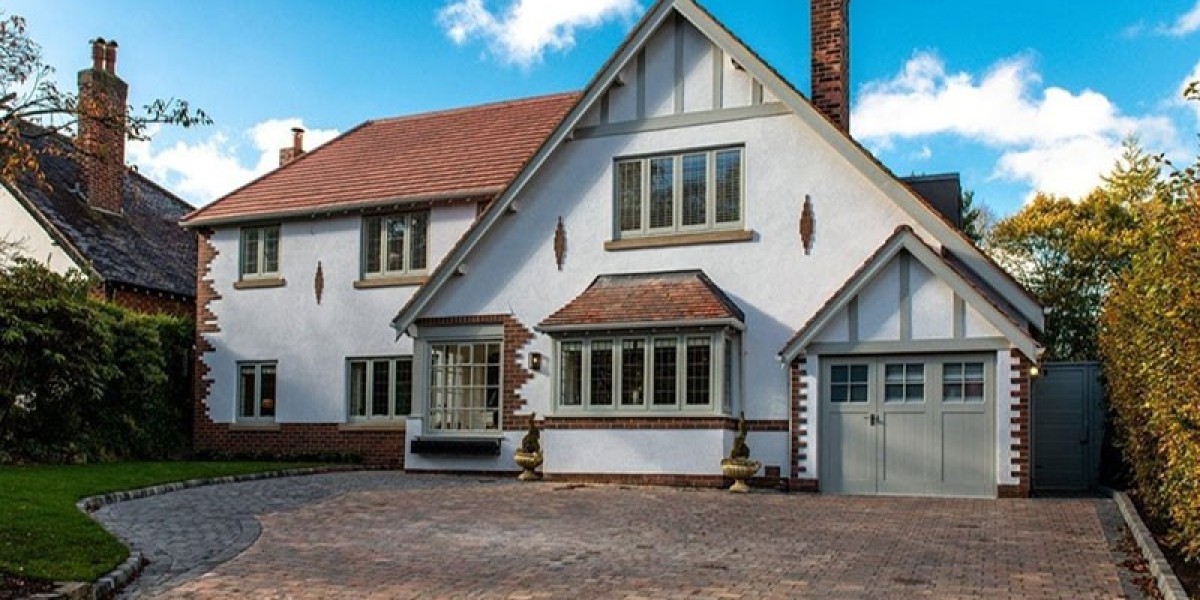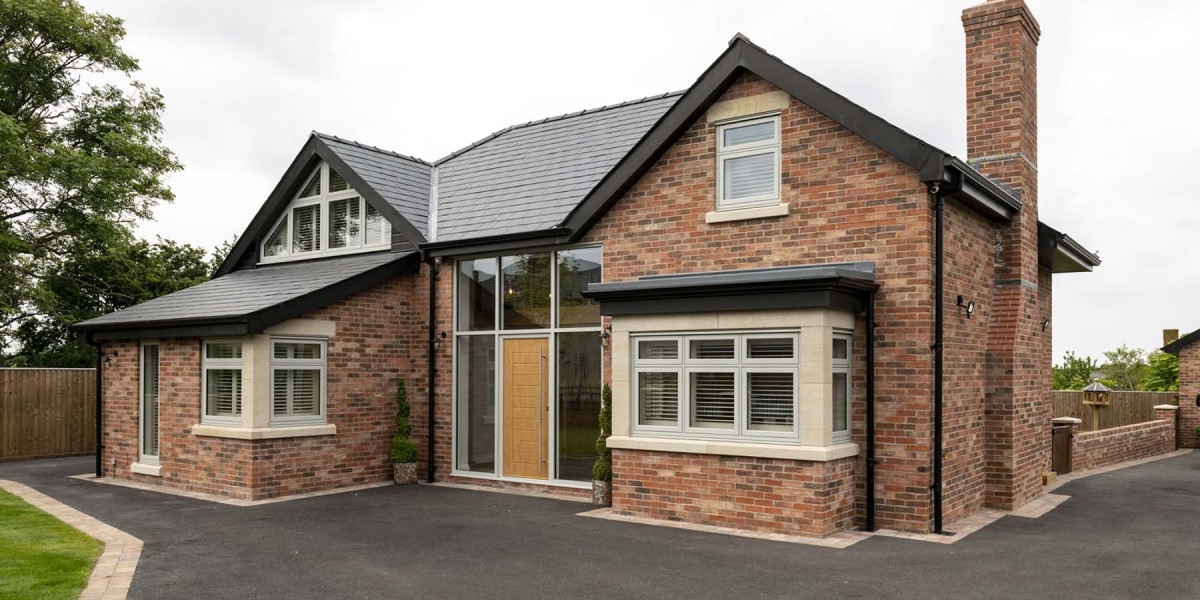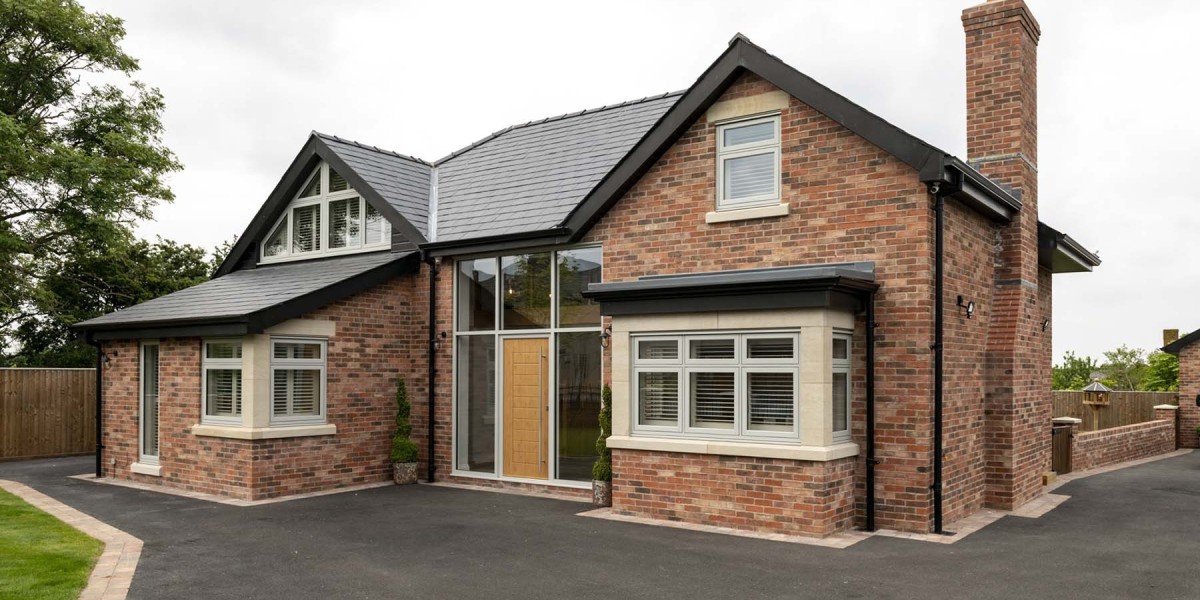
Introduction
Window installation is a critical aspect of building construction and renovation that significantly impacts energy efficiency, aesthetics, and overall functionality of a structure. Proper installation ensures that windows perform optimally, providing insulation, security, and natural light while contributing to the architectural appeal of a building. This report delves into the various facets of window installation, including types of windows, installation processes, materials used, common challenges, and best practices to ensure successful outcomes.
Types of Windows
Before delving into the installation process, it is essential to understand the different types of windows available. The most common types include:
- Single-Hung Windows: These windows have a fixed upper sash and a movable lower sash. They are easy to operate and commonly found in residential settings.
- Double-Hung Windows: Both sashes in these windows can move up and down, providing better ventilation and ease of cleaning.
- Casement Windows: Hinged at the side, these windows open outward, allowing for maximum airflow. They are often used in hard-to-reach areas.
- Sliding Windows: These windows slide horizontally and are ideal for spaces with limited vertical clearance.
- Picture Windows: Fixed windows that do not open, designed to provide unobstructed views and natural light.
- Bay and Bow Windows: These are protruding windows that create a nook inside the room, enhancing the view and adding space.
Materials Used in Windows
The choice of materials for window frames and sashes plays a crucial role in durability, maintenance, and energy efficiency. Common materials include:
- Vinyl: Affordable and low-maintenance, vinyl windows are energy-efficient and resistant to moisture and rot.
- Wood: Known for its aesthetic appeal, wood provides excellent insulation but requires regular maintenance to prevent decay.
- Aluminum: https://www.campedtech.org/the-importance-of-double-glazing-for-energy-efficiency-and-comfort/ Lightweight and strong, aluminum frames are durable but may conduct heat, making them less energy-efficient without thermal breaks.
- Fiberglass: Highly durable and energy-efficient, fiberglass windows can mimic the appearance of wood without the associated maintenance.
Window Installation Process
The installation process of windows can vary based on the type of window and the existing structure. However, the general steps involved are as follows:
- Preparation: Before installation, it is crucial to measure the window opening accurately. The measurements should account for the frame, ensuring that the new window fits snugly.
- Removal of Old Windows: If replacing existing windows, the old units must be carefully removed. This involves detaching the sashes and removing the frame without damaging the surrounding structure.
- Inspecting the Opening: After removing the old window, inspect the opening for any signs of damage, rot, or mold. Address any issues before proceeding with the installation.
- Installing the New Window: Place the new window into the opening, ensuring it is level and plumb. Shims may be used to adjust the window's position.
- Securing the Window: Once properly positioned, secure the window using screws or nails as per the manufacturer's instructions. Ensure that the window operates smoothly.
- Sealing and Insulating: Apply insulation around the window frame to prevent air leaks. Use caulk to seal any gaps between the window and the frame, ensuring a weather-tight installation.
- Finishing Touches: Install any trim or casing around the window to enhance its appearance and provide a finished look. Clean the glass and ensure the window operates correctly.
Common Challenges in Window Installation
Several challenges may arise during window installation, including:
- Improper Measurements: Inaccurate measurements can lead to ill-fitting windows, resulting in gaps that compromise energy efficiency and aesthetics.
- Structural Damage: Hidden damage in the wall surrounding the window can complicate the installation process, requiring additional repairs.
- Weather Conditions: Extreme weather can hinder installation efforts, making it crucial to plan for favorable conditions.
- Building Codes and Regulations: Compliance with local building codes is essential. Failure to adhere to regulations can result in fines or the need for costly modifications.
Best Practices for Successful Window Installation
To ensure a successful window installation, consider the following best practices:
- Hire Professionals: While DIY installations can save money, hiring experienced professionals ensures proper installation and adherence to building codes.
- Choose Quality Materials: Invest in high-quality windows and materials to enhance durability and energy efficiency.
- Follow Manufacturer Instructions: Adhere to the manufacturer's guidelines for installation to avoid warranty issues and ensure optimal performance.
- Conduct Regular Maintenance: After installation, regular maintenance, such as cleaning and checking seals, will prolong the lifespan of the windows.
- Consider Energy Efficiency: Select windows with energy-efficient ratings to reduce heating and cooling costs. Look for features such as Low-E glass and argon gas fills.
Conclusion
Window installation is a multifaceted process that requires careful planning, execution, and adherence to best practices. Understanding the types of windows, materials, and installation techniques is essential for achieving a successful outcome. By addressing common challenges and following best practices, homeowners and builders can enhance the energy efficiency, aesthetics, and functionality of their spaces. Investing in quality windows and professional installation not only improves the immediate environment but also contributes to long-term savings and satisfaction.







